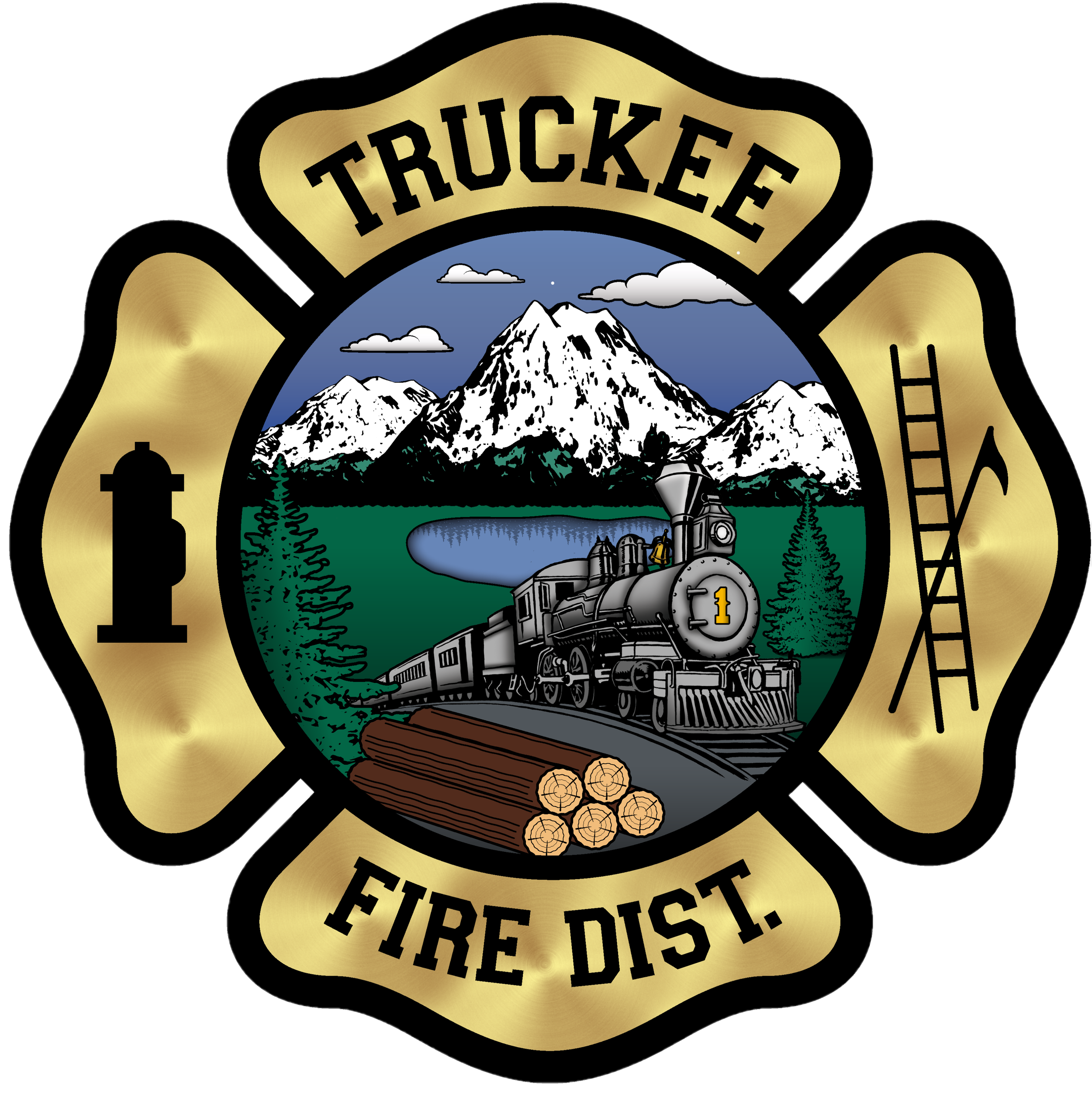Carbon monoxide alarms & Safety Tips
Often called the invisible killer, carbon monoxide is an odorless, colorless gas created by the incomplete combustion of fuels such as gasoline, wood, coal, natural gas, propane, oil, and methane, for example. In the home, heating and cooking equipment that burn fuel are potential sources of carbon monoxide. Vehicles or generators running in an attached garage can also produce dangerous levels of carbon monoxide.
DID YOU KNOW?
A person can be poisoned by a small amount of CO over a longer period of time, or a large amount of CO over a shorter amount of time.
Breathing in CO fumes prevents the body from using oxygen correctly, which can harm your vital organs.
According to the CDC, the most common symptoms of CO poisoning include, but are not limited to, headache, dizziness, weakness, upset stomach, vomiting, chest pain and confusion. CO symptoms are often described as “flu-like”.
If untreated, symptoms can lead to a loss of consciousness or even death.
People with pre-existing health problems, infants and elderly are the most vulnerable and at greater risk.
CARBON MONOXIDE FAQ’S:
-
Malfunctioning cooking appliances
Clogged chimney
Auto exhaust or idling vehicles
Malfunctioning water heater or gas furnace
Wood burning fireplace
-
You should install a CO detector on each level of your home. Be sure to place one outside the sleeping areas and an additional one in the common areas
Follow the manufacturer’s instructions for mounting height and placement
CO is nearly the same parts per million as air, meaning it does not specifically sink to the floor or rise to the ceiling. CO mixes almost entirely with air and cycles throughout your entire home.
-
DO NOT remove the batteries and go back to sleep!
If your CO detector start chirping, immediately evacuate everyone out of the home and call 911
Move to a fresh air location outdoors or by an open window or door
Ensure everyone in the home is accounted for
Remain in the fresh air location until emergency personnel arrive and declare that it is safe to re-enter the home
SAFETY TIPS:
Test your CO detectors at least once a month and replace batteries at least annually. CO detectors have a 7 year life span, at which point the entire detector should be replaced.
Choose a CO detector with a recognized testing laboratory.
For the best protection, interconnect all alarms throughout the home so that when one sounds, they will all sound.
If you need to warm a vehicle, remove it from the garage immediately after starting. DO NOT run a vehicle or other fueled engine or motor indoors, even if garage doors are open. If your vehicle remains parked outside during the winter, be sure the exhaust pipe of a running vehicle is not covered with snow.
During and after a snowstorm, make sure vents for the dryer, furnace, stove and fireplace are clear of snow build-up.
Generator’s should only be used in a well-ventilated location outdoors away from windows, doors and vent openings.
If your home uses a wood-burning fireplace, ensure that the flue has been cleaned by a professional chimney sweep. This should be done annually before winter.
